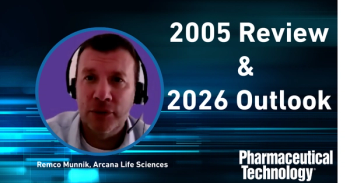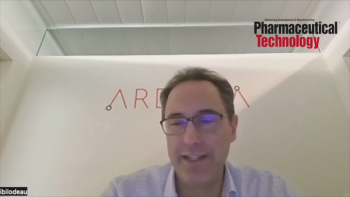
- Pharmaceutical Technology-07-02-2017
- Volume 41
- Issue 7
Perspective: Consolidation Shapes Pharma
Pharma company consolidation and outsourcing led to a de-emphasis of manufacturing and reduced investment in new technologies and facilities.
Jim Agalloco, president of Agalloco & Associates, says technology and outsourcing have both significantly impacted the pharmaceutical industry.
Pharma industry advancements
PharmTech: During the past 40 years, how has the pharmaceutical industry evolved? What advances have been made?
Agalloco: It’s gotten smaller; consolidation of firms as well as outsourcing of many of what used to be internally supported activities has dramatically changed the way it operates. Automation and computerization of systems have reduced both manual labor requirements and the potential for mistakes. Data assembly and review has been made considerably easier. An excessive and sometimes increasing fear of regulators has slowed the implementation of new technologies. A general de-emphasis of manufacturing as an important aspect has reduced investment in new technologies and facilities.
PharmTech: What are the top three innovations that have changed the industry the most over the past 40 years and why?
Agalloco: The introduction of the personal computer-led to changes in the means by which data and documents could be assembled, analyzed, and used in ways not previously possible. Isolators-leading toward safer, more reliable, and less expensive production of both sterile and highly potent components. Validation, as a universal expectation, has fostered the introduction of quality-by-design principles in the development, introduction, and continued production of pharmaceutical products.
PharmTech: How have regulations and standards advanced or hindered advances?
Agalloco: [The European Medicines Agency’s] over-emphasis on specific numbers in many of its standards has prevented technical advances. Regulations should focus more on ‘what to do’ rather than on ‘how to do’ to allow for increased innovation.
The future of Pharma
PharmTech: What do you foresee for the next 10 years in pharma innovations, regulations, and/or markets?
Agalloco: Increased used of closed systems for sterile product; single-use disposable for liquids; introduction of continuous manufacturing for larger volume products; and increased use of automated inspection systems.
Jim Agalloco has been working in the pharmaceutical industry for more than 45 years and has been a member of Pharmaceutical Technology’s Editorial Advisory Board since 2005.
Article Details
Pharmaceutical Technology
Vol. 41, No. 7
Page: 44
Citation
When referring to this article, please cite it as PharmTech, “Perspective: Consolidation Shapes Pharma,” Pharmaceutical Technology 41 (7) 2017.
Articles in this issue
over 8 years ago
Packaging Improves Medication Adherenceover 8 years ago
The New World of Biopharmaceutical Manufacturingover 8 years ago
Forty Years of Drug Product Manufacturing Advancesover 8 years ago
Advances in Analytical Testing Tools for the Bio/Pharma Industryover 8 years ago
Ribbon Blenders for Specialty Applicationsover 8 years ago
Coating Module Supports Easy Module Exchangeover 8 years ago
Dissolution Tester Eliminates Water Bathover 8 years ago
Bioreactor Family Includes Single-Use Bagsover 8 years ago
FDA Continues to Promote Quality Drug ProductionNewsletter
Get the essential updates shaping the future of pharma manufacturing and compliance—subscribe today to Pharmaceutical Technology and never miss a breakthrough.




